Wood Pellets
Discover premium wood pellets for grills and smokers. Enjoy rich, authentic wood-fired flavor with clean-burning, high-quality pellets perfect for all your BBQ recipes.
Filters
Showing all 8 resultsSorted by latest
Product Categories
- Charcoal Grills (8)
- Firewood (3)
- Gas Grills (11)
- Pellet Grills (3)
- Wood Bricks (4)
- Wood Logs (1)
- Wood Pellets (8)
Filter by Price
-

 Select options This product has multiple variants. The options may be chosen on the product page
Select options This product has multiple variants. The options may be chosen on the product pageWood Pellets
BBQ Pellets Full Ton Wrapped Pallets
Rated 5.00 out of 5$288.00 excl. Tax -
Sale

 Select options This product has multiple variants. The options may be chosen on the product page
Select options This product has multiple variants. The options may be chosen on the product pageWood Pellets
Trailer Load Smoker Pellets 20Lb 24 Tons
Rated 5.00 out of 5$6,912.00Original price was: $6,912.00.$6,221.00Current price is: $6,221.00. -
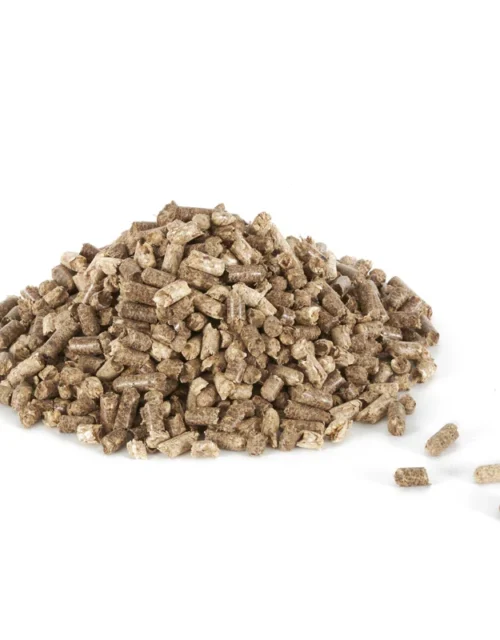
 Select options This product has multiple variants. The options may be chosen on the product page
Select options This product has multiple variants. The options may be chosen on the product pageWood Pellets
Wood Pellets For Smoker By The Ton 40 lb x 50 bags
Rated 5.00 out of 5$288.00 excl. Tax -
Sale
Wood Pellets
24 Tons Wood Pellet Fuel Bulk Delivery
Rated 4.80 out of 5$3,590.00Original price was: $3,590.00.$3,264.00Current price is: $3,264.00. -
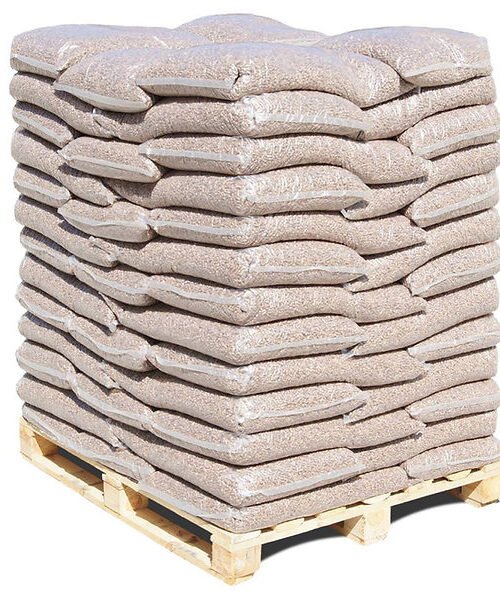
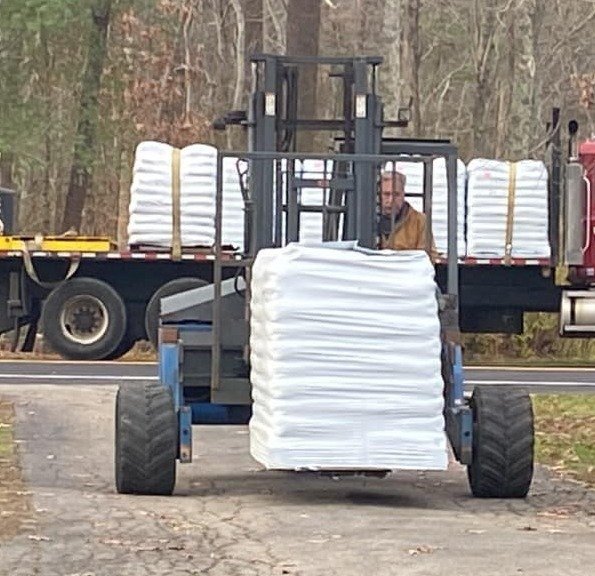 Select options This product has multiple variants. The options may be chosen on the product page
Select options This product has multiple variants. The options may be chosen on the product pageWood Pellets
Rated 5.00 out of 5$255.00 excl. Tax -

 Select options This product has multiple variants. The options may be chosen on the product page
Select options This product has multiple variants. The options may be chosen on the product pageWood Pellets
Rated 5.00 out of 5$255.00 excl. Tax -

 Select options This product has multiple variants. The options may be chosen on the product page
Select options This product has multiple variants. The options may be chosen on the product pageWood Pellets
PFI Certified Premium Grade Pellet Fuel
Rated 4.90 out of 5$255.00 excl. Tax -

 Select options This product has multiple variants. The options may be chosen on the product page
Select options This product has multiple variants. The options may be chosen on the product pageWood Pellets
Rated 5.00 out of 5$255.00 excl. Tax
On Sale
-
 Weber Genesis SPX-435 Gas Smart Grill
Weber Genesis SPX-435 Gas Smart Grill
$1,789.00Original price was: $1,789.00.$1,278.00Current price is: $1,278.00. excl. Tax -
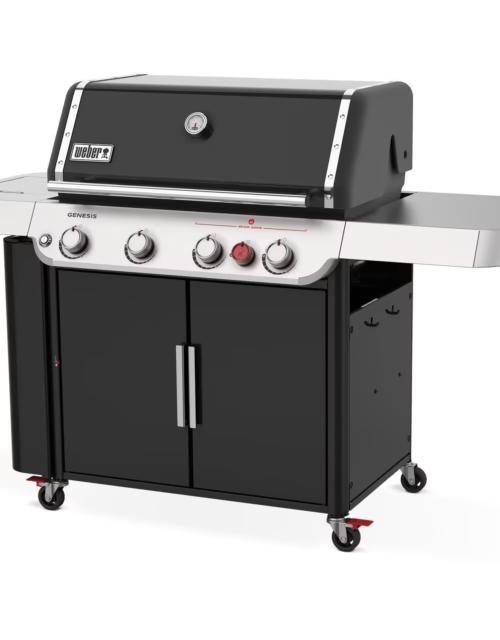 Weber Genesis E-435 Gas Grill
Weber Genesis E-435 Gas Grill
$1,589.00Original price was: $1,589.00.$1,178.00Current price is: $1,178.00. excl. Tax -
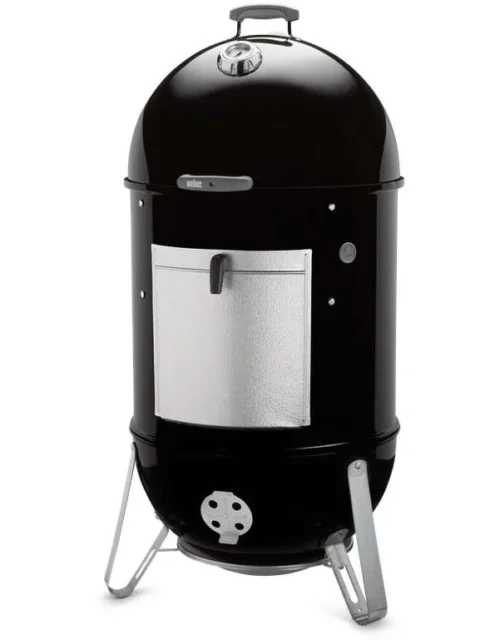 Weber Smokey Mountain Cooker 22-Inch Charcoal Smoker
Weber Smokey Mountain Cooker 22-Inch Charcoal Smoker
$539.00Original price was: $539.00.$410.00Current price is: $410.00. excl. Tax
Our Picks
-
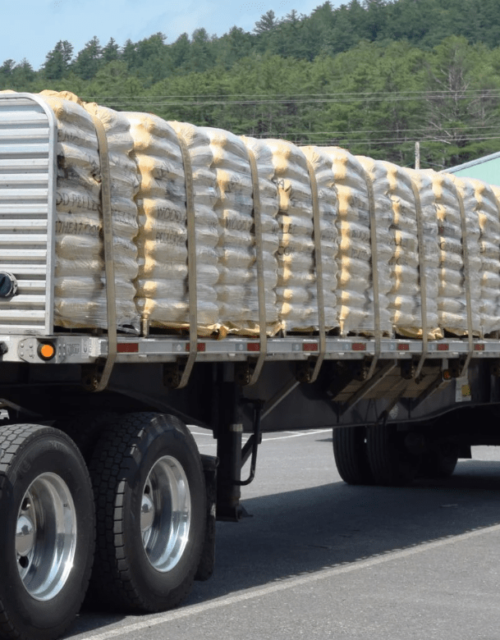 24 Tons Wood Pellet Fuel Bulk Delivery
Rated 4.80 out of 5
24 Tons Wood Pellet Fuel Bulk Delivery
Rated 4.80 out of 5$3,590.00Original price was: $3,590.00.$3,264.00Current price is: $3,264.00.
Top rated products
-
 BBQ Pellets Full Ton Wrapped Pallets
Rated 5.00 out of 5$288.00 excl. Tax
BBQ Pellets Full Ton Wrapped Pallets
Rated 5.00 out of 5$288.00 excl. Tax -
 Weber Summit Kamado S6 Charcoal Grill Center
Rated 5.00 out of 5
Weber Summit Kamado S6 Charcoal Grill Center
Rated 5.00 out of 5$2,399.00Original price was: $2,399.00.$1,899.00Current price is: $1,899.00. excl. Tax -
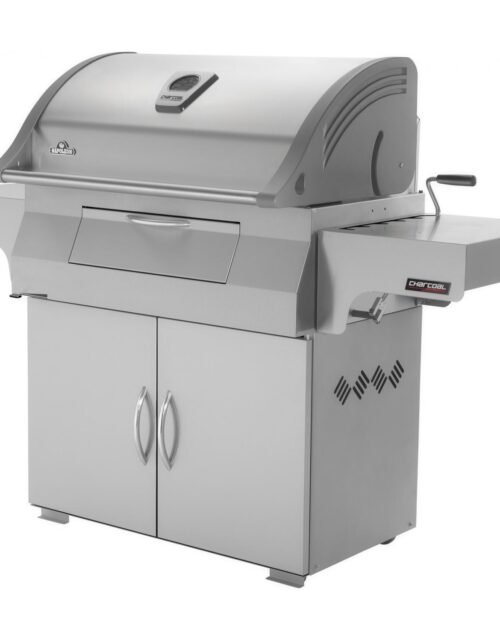 Napoleon Professional Freestanding Charcoal Grill
Rated 5.00 out of 5
Napoleon Professional Freestanding Charcoal Grill
Rated 5.00 out of 5$1,539.00Original price was: $1,539.00.$1,050.00Current price is: $1,050.00. excl. Tax

Our mission is to provide cost-effective solutions that not meet the energy needs of our customers but also contribute to a sustainable future.
Useful Links

Powered by Biomass Fuels, LLC.


